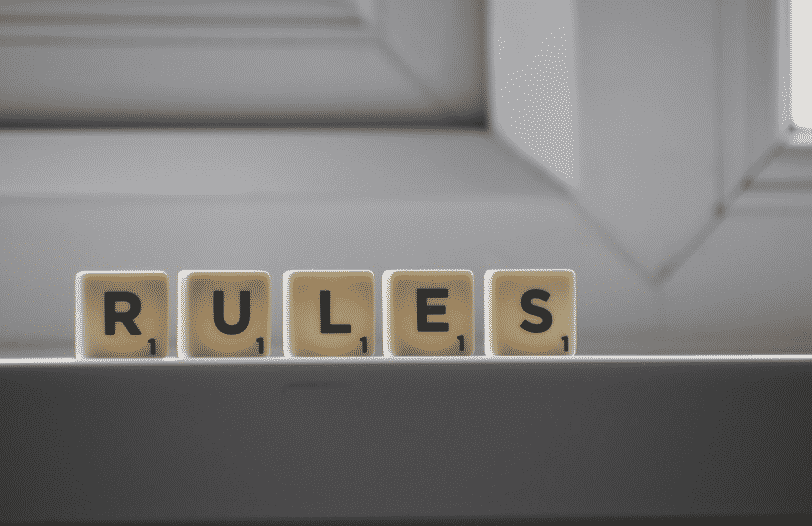Looking for ways on how to save, protect and grow your hard-earned money and investment specially if you have plans of selling real estate in the future? Then this article may just be what you’re looking for.
Here, we will present to you a comprehensive guide to 1031 exchange extension, including what they are, the delayed 1031 exchange and who is involved, the timelines and rules that apply, and much more.
What is a 1031 Exchange Extension?
A 1031 exchange extension is a real estate investing instrument that allows investors to exchange one investment property for another while deferring capital gains or losses or capital gains tax that would otherwise be due at the time of sale. 1031 exchange extension rules are governed by the Internal Revenue Service (IRS) and require that all exchanges be completed within a strict time frame and with the help of a 1031 exchange qualified intermediary.
Some successful real estate investors employ 1031 exchanges, also known as like-kind swaps, as a tax deferral method. Because values have grown above the so-called real estate bubble levels of the preceding decade, the 1031 exchange extension 2022 is an excellent time to trade assets.
A successful 1031 exchange allows you to simply transfer property in a high-priced location for one or more properties in less-expensive areas of the country without paying federal income taxes at the time of the changeover.
Most investors consider it as a valuable tool for lowering capital gains and other taxes on their earnings. Why? Because generally, if you sell an investment property for more than you purchased for it, you must pay a substantial capital gains tax.
Delayed 1031 Exchange
Delayed 1031 transactions are often easier to complete than simultaneous 1031 Exchanges. This is primarily because the relinquished property does not need to be sold before the replacement property can be purchased. They risk a failing sale and having to pay capital gains tax if they don’t. Exchangers have extra time to execute the sell and buy transactions while undertaking a delayed 1031 exchange.
Delayed 1031 exchanges are likely the most common since they provide for a longer term in which the exchange may be accomplished. In this form of exchange, the property investor first organizes the sale of their original property and then purchases the replacement property.
Unlike a simultaneous 1031 exchange, which requires the relinquished and replacement properties to close at the same time, a delayed exchange allows 1031 exchange 45-day extension from the time they sell their surrendered property to find a replacement. Exchangers have 180 days after selling their relinquished property to close on a new property.
Who Are Involved In Delayed 1031 Exchanges?
After you’ve grasped the fundamentals of the delayed 1031 exchange, it’s time to talk about who’s involved in the process.
The Exchanger
The exchanger is a fancy term for the person, taxpayer or company that owns the surrendered property and wishes to swap it for another. If you are the exchanger, you are the one who initiates the like-kind exchange procedure.
Relinquished Property Buyer
This is the person or institution who receives your relinquished asset. However, you do not possess the money until the transaction is finalized. Rather, the money is directed to your QI, who will keep them safe until you are ready to close on your replacement home or properties.
Replacement Property Seller
The organization from whom you will purchase the replacement property is known as the replacement property vendor. Since you have three replacement property options: the three-property rule, the 200 percent rule, or the 95 percent rule, the “seller” may really be “sellers,” depending on the rule you choose.
Qualified Intermediary
Finally, whether your transaction is delayed, reversed, or simultaneous, the employment of a Qualified Intermediary is an essential. The QI enables the transfer of proceeds while compiling and arranging the appropriate documents to achieve a successful exchange.
A 1031 exchange extension without a QI, in the opinion of the IRS, is not an exchange. You may visit the https://www.buynnnproperties.com/1031-exchange-extension/ for more real estate information.
1031 Exchange Timelines and Rules

A 1031 exchange timeline 2022 should not take more than 180 days, or around six months, to complete. As previously stated, once a 1031 exchange is initiated, you have 45 days to identify suitable replacement properties and 135 days to finalize the acquisition of one or more of those properties.
To accomplish a valid exchange, the Exchanger must fulfill two important deadlines:
Identification Period
The Exchanger has 45 days from the close of 1031 exchange, to identify one or more potential replacement properties in writing.
Exchange Period
The Exchanger has 180 days from the date of the sale of the Relinquished Property, or the due date of their tax return (whichever is later), to complete the exchange and close on the Replacement Property.
1031 exchange timeline can be tricky, and there are a few things you need to know in order to make sure your 1031 exchange goes smoothly. One way on how to extend 1031 exchanges is to make sure you have an experienced 1031 exchange professional on your side. This will help ensure that all deadlines are met and nothing falls through the cracks.
Another way is to be aware of the costs associated with 1031 exchanges. These can include transaction fees, appraisal fees, and other expenses.
While there are certain exceptions that may extend these deadlines, it is important for Exchangers to be aware of and meet these critical deadlines in order to ensure that their 1031 exchange is valid and compliant. Overall, 1031 exchanges are a great way to save money on capital gains taxes and accessing additional funds for investing purposes.
There are 3 identification rules and exceptions for identifying exchange extension. Because they are mutually exclusive, a taxpayer may use only one of them at a time.
Three Property Rule
The Exchanger may choose any of three properties as prospective Replacement Property regardless of their fair market value.
200% Rule
The fair market value of all the replacement properties cannot exceed 200% (200%) of the aggregate Fair Market Value of the Relinquished Property. 1031 Exchange is a powerful tax saving tool for Real Estate Investors. Whether you are looking to expand your existing portfolio or wanting to purchase your first investment property, 1031 exchange extension can help you achieve your goals and grow your wealth over time. With professional guidance from an experienced 1031 exchange expert, however, you can be confident in navigating the process easily and efficiently so that you can start reaping the benefits of 1030 exchange as soon as possible.
95% Exception
If the Exchanger discovers more prospective Replacement Properties than is permitted by the Three Property or the 200 percent Rules, the Exchanger will be regarded as if no Replacement Property was discovered.
This will not apply to any Replacement Property obtained prior to the end of the Identification Period or any correctly identified Replacement Property received prior to the end of the Exchange Period if it is worth at least 95 percent of the aggregate fair market value of all identified Replacement Properties.
Conclusion
When real estate investors reinvest the profits of a property sale, a 1031 exchange allows them to grow their wealth quicker by avoiding a significant tax penalty.
As a result, it is a fantastic tool for people looking to diversify their portfolio. The benefits from the 1031 exchange are so significant that it is employed by both businesses and real estate speculators to save money.
If this is your first exchange, make sure to consult with a qualified intermediary to ensure you have all of the required components in place. Get more tips and information on what 1031 exchange extension can do for you by visiting our website.
